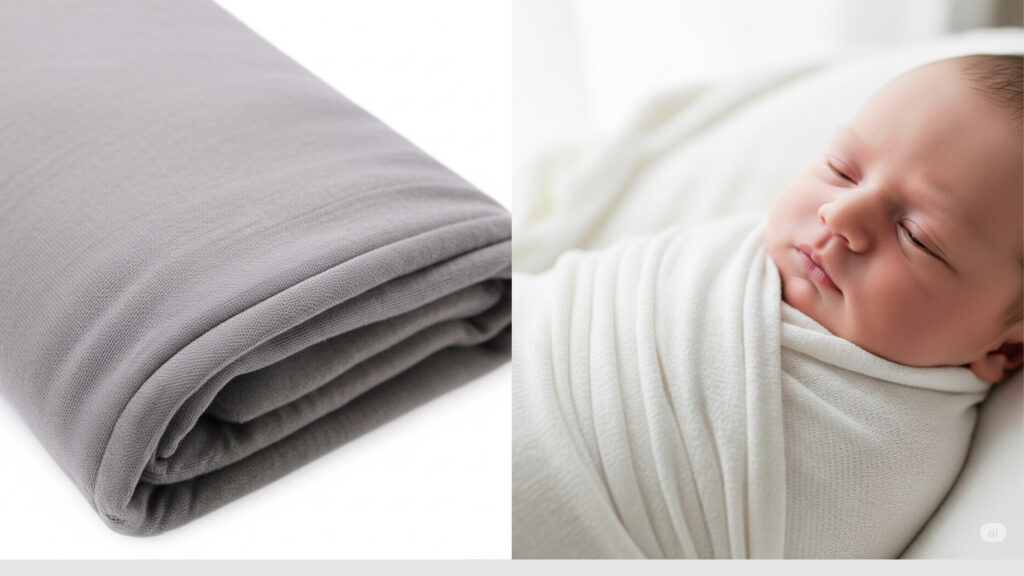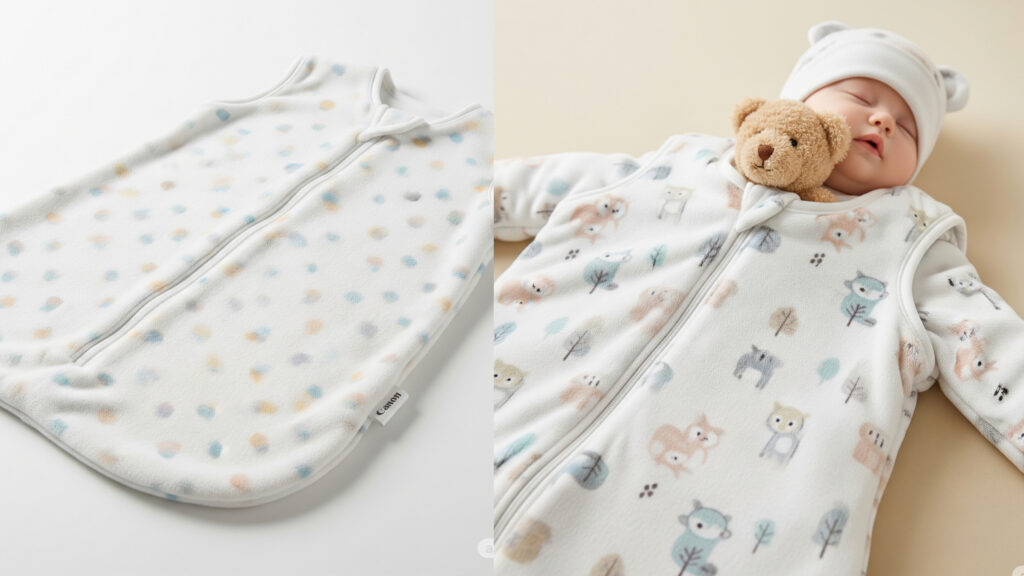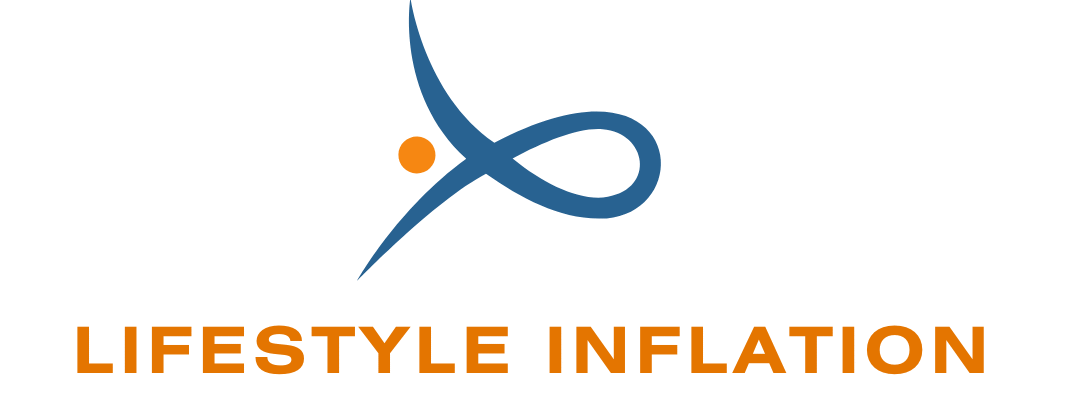As a new parent, one of the first questions you might ask is: “What’s better for my newborn—sleep sack vs swaddle?” Both options are designed to promote safe, restful sleep, but they function in different ways. Understanding the difference between a swaddle and a sleep sack is crucial for making the best choice for your baby’s comfort, safety, and sleep development.
In this guide, we’ll walk you through the key differences, benefits, and expert tips so you can confidently decide between a swaddle or sleep sack for your newborn.
What Is a Swaddle?

Definition and Purpose
A swaddle is a soft, breathable blanket used to snugly wrap a newborn, mimicking the cozy environment of the womb. It’s primarily used in the first few weeks of life to help babies feel secure and calm.
How It Works
By restricting a baby’s limb movements, swaddling reduces the startle reflex, which often disrupts sleep. The baby’s arms are wrapped tightly against the torso, and the legs are gently wrapped, allowing some hip movement.
Pros and Cons of Swaddling
Swaddling has been a trusted practice for centuries, offering comfort to newborns by mimicking the snug environment of the womb. However, like any parenting method, it comes with both benefits and potential risks. Here’s a closer look at the pros and cons of swaddling
Pros:
- Mimics the womb, promoting better sleep
- Reduces crying and fussiness
- Helps control the Moro (startle) reflex
Cons:
- Can pose safety risks if not used correctly
- Not suitable once baby shows signs of rolling
- May be too restrictive for some babies
What Is a Sleep Sack?

Definition and Purpose
A sleep sack, also known as a wearable blanket, is a sleeveless garment that zips around your baby’s body, offering warmth without the hazards of loose blankets.
How It Works
Sleep sacks allow for free arm movement while keeping the torso and legs snug and warm. They’re designed to promote safe sleep practices by eliminating the need for extra bedding.
Pros and Cons of Using a Sleep Sack
Sleep sacks, also known as wearable blankets, have become a popular alternative to traditional swaddling. They provide a safe and cozy sleeping environment for infants and toddlers without the risks associated with loose bedding. Like any sleep solution, however, they come with their own set of advantages and limitations. Let’s explore the pros and cons of using a sleep sack
Pros:
- Safe alternative to loose blankets
- Encourages self-soothing in older babies
- Suitable for different weather conditions
Cons:
- Less effective at soothing very young infants
- May not prevent startle reflex in newborns
Key Differences Between Sleep Sacks and Swaddles
While both sleep sacks and swaddles are designed to promote safer, more restful sleep for babies, they serve different purposes and suit different stages of development. Understanding the key differences between the two can help parents choose the right option based on their baby’s age, mobility, and sleep habits. Below, we break down the main distinctions between sleep sacks and swaddles to help you make an informed decision.
Age Suitability
- Swaddles are ideal for newborns (0–8 weeks) who need a snug environment.
- Sleep sacks are more appropriate for babies 2 months and older, especially when they begin to roll.
Safety Considerations
- Swaddles must be discontinued once a baby shows any signs of rolling.
- Sleep sacks are considered safer for active sleepers and reduce the risk of suffocation.
Ease of Use
- Swaddles require specific folding techniques or Velcro closures.
- Sleep sacks are generally easier to use, often featuring simple zip closures.
Comfort and Mobility
- Swaddles restrict arm movement to mimic the womb.
- Sleep sacks allow more freedom of movement, supporting babies’ growing motor skills.
When to Transition from Swaddle to Sleep Sack
- Begins rolling over independently
- Resists being swaddled or breaks free
- Sleeps longer with arms free
How to Make the Transition Smoothly
- Start with a swaddle transition sack that allows one arm out.
- Gradually move to a regular sleep sack for newborns that provides warmth without constriction.
Expert Recommendations and Safety Tips
- Always place babies on their backs to sleep.
- Avoid using weighted swaddles or sleep sacks unless advised by a doctor.
- Ensure proper fit—too tight can restrict breathing, too loose can pose entanglement risks.
Safe Sleep Practices for Infants
- Use firm sleep surfaces (crib or bassinet)
- Keep sleep space free of pillows, blankets, or toys
- Dress baby appropriately to avoid overheating
Sleep Sack vs Swaddle: Which One Should You Choose?
Choosing between a sleep sack and a swaddle depends largely on your baby’s age, sleep patterns, and developmental stage. While swaddles offer snugness that soothes newborns, sleep sacks provide safe, long-term comfort as babies grow. Each option has its own advantages, and the best choice often changes over time. In the following section, we’ll help you decide which sleep solution is right for your little one based on key factors like safety, mobility, and ease of use.
Consider Your Baby’s Age and Sleep Habits
For newborns who love being cuddled tight, swaddling vs sleep sack may seem like the obvious choice. Once your baby becomes more active, sleep sacks vs swaddles become the safer and more practical option.
Seasonal Considerations (Warm vs Cold Weather)
Choose lightweight cotton swaddles in summer.
Use fleece or TOG-rated sleep sacks in colder months.
Personal Preferences and Lifestyle
Some parents prefer the ritual of swaddling as part of bedtime.
Others appreciate the convenience and safety of sleep sacks for growing babies.
Frequently Asked Questions (FAQs)
Can you use both swaddle and sleep sack together?
No. A swaddle and sleep sack should not be used at the same time. Choose one based on your baby’s age and mobility.
Are sleep sacks safer than swaddles?
Yes, especially for babies who roll. Sleep sacks for newborns are designed to reduce the risk of suffocation and overheating.
How long can a baby be swaddled?
Typically up to 2 months or until the baby shows signs of rolling over—whichever comes first.
Do sleep sacks help babies sleep longer?
Yes, especially for babies who like to move. They offer warmth and comfort without restricting movement.
Conclusion
Choosing between a sleep sack vs swaddle doesn’t have to be overwhelming. For newborns, swaddling can offer soothing comfort and better sleep. As your baby grows and becomes more mobile, sleep sacks offer a safe, adaptable solution that continues promoting restful sleep.
Ultimately, the decision between swaddle or sleep sack depends on your baby’s age, development, sleep habits, and your own parenting style. By staying informed and responsive to your baby’s cues, you can create a safe, cozy sleep environment for every stage.


